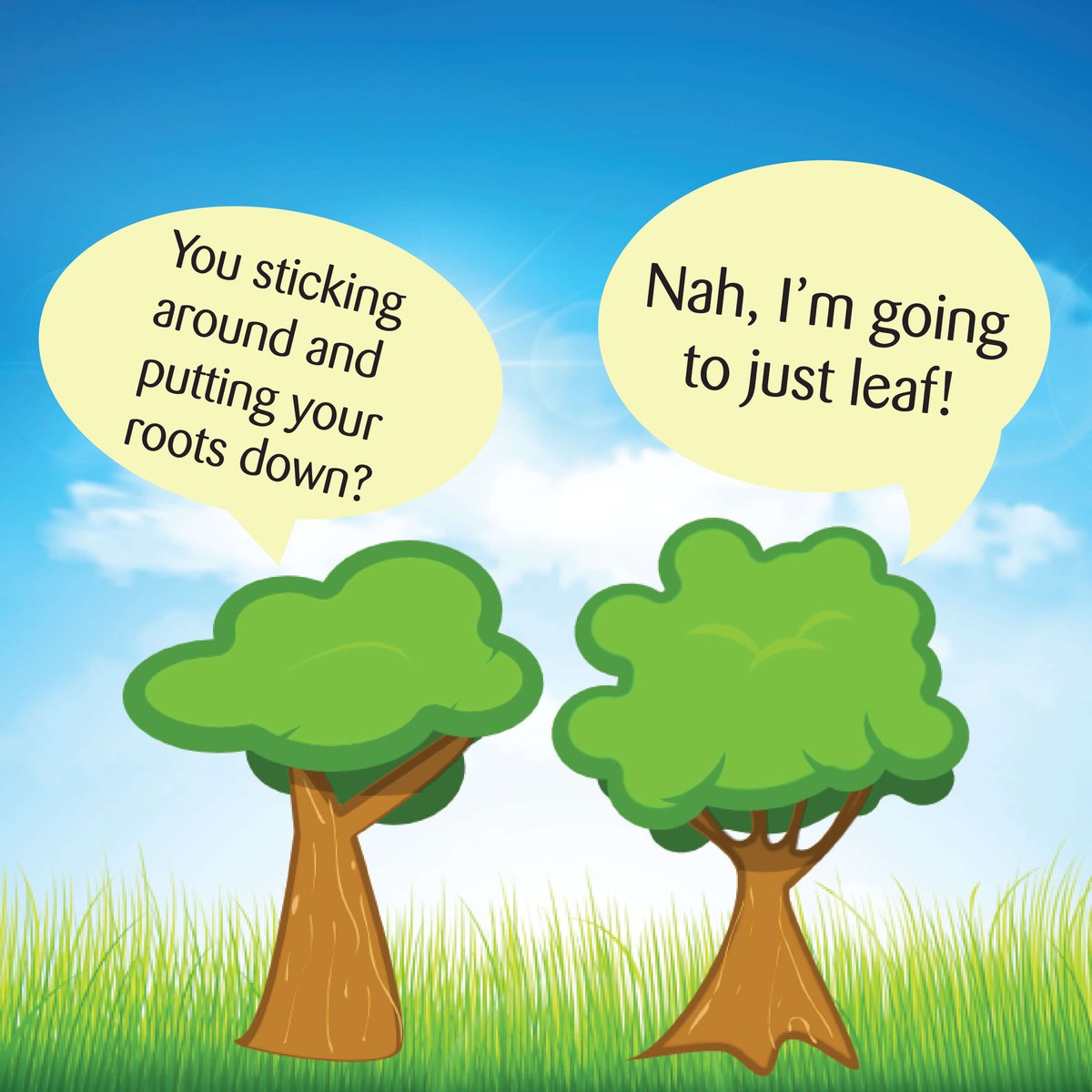Question Your World: Can Trees Migrate?
Trees are strong and beautiful living things that don’t move, right? The only place we’ve seen moving trees is in the incredibly long viewing or reading experience that is The Lord of the Rings. However, as we all know in real life, an individual tree can’t up and travel, but tree migration is a real thing and scientists just made a huge discovery about how some of Earth’s trees are on the move! Let's sink into today's big question: Can trees migrate?
We humans cut down and replant a lot of trees. We cut down trees to make room for agriculture, for cities, for homes - we even cut down trees to make parks! In turn, we also plant a lot of trees to replace the ones we have removed. This is the human contribution to the tree ebb and flow, and it's a big one if you consider the fact that we live virtually all over the globe and are impacting every environment as we continue our existence here on Earth. Our planet’s forests also naturally expand and contract due to environmental changes. There’s a whole lot of tree ebb and flow going on here.
To better understand the back and forth of the status of our trees a little better, scientists decided to get the best view possible - from space! Recently researchers looked at the last 35 years of satellite data to trace the growth and loss of Earth’s trees and forests. Kind of like balancing a checkbook.
The results? It's complicated.
First of all, good news everyone! Globally, we’ve planted more trees than the amount of trees we’ve cut down! In fact, the surplus of new trees is about the size of Texas and Alaska combined. We humans account for 60% of the new tree growth here on Earth. Yay! Go team!
But this is also where scientists saw that some of new trees are migrating. Scientists have observed that human activities are responsible for the emissions of heat trapping gases that are warming up the planet. As temperatures continue to warm at higher elevations and in far northern latitudes, trees are able to survive in new places. Climate-change-driven tree migration is what accounts for 40% of the planet’s new tree growth.
Sadly, the tropics are losing the most forests at the fastest rate. These lush tropical regions are vital for many human cultures, species and ecosystems. Scientists are concerned because, as global temperatures continue to rise in tropical regions, we could see even more devastating tree loss, which would then play into a series of chain reactions impacting everything from biodiversity to air quality to agriculture and beyond.
Perhaps one of the worst things that could happen here is the loss of habitat for our indigenous populations. The humans that still live in the jungles and forests around the tropics rely on those surroundings for their survival. While we may not see a need for them in our day-to-day lives, their genetic information is beyond valuable for scientists working on fighting diseases and better understanding our body's ability to combat diseases. These trees are important to them and perhaps are even home to potential medical breakthroughs that would benefit the rest of the planet. The trees in the tropics are of immeasurable value to humanity.

Lowering our individual contribution to global climate change is a great first step to take. Lowering energy use or switching to renewable power options would decrease our individual heat-trapping-gas output. Purchasing more local goods would help lower emissions that come with transporting goods long distances. Reducing consumption would also help reduce overall waste and production numbers would come down, both helping to lower an individual’s heat-trapping-gas emissions. Conversations with local policy makers, civic officials, and developers is another great way to encourage eco-friendly practices while enhancing the quality of life for the individual and the region.
We humans love good news, so knowing that we've more than replaced the lost trees should give us a good warm and fuzzy feeling. But why stop there? Individual, community, and government decisions will ultimately drive the changes necessary for us to address these massive global issues. Trees are a vital part of our lives and more research like this will further strengthen our knowledge of our relationship to trees.
So there you go, the complicated story of new tree growth here on Earth.
Luckily, it's also way shorter than The Lord of the Rings.


